Rise in Open Office Designs
The trend towards open office designs is significantly influencing the Sound Masking System Market. Open office layouts, while promoting collaboration, often lead to increased noise levels and reduced privacy. As organizations adopt these designs, they face challenges related to sound distractions and confidentiality. Sound masking systems are emerging as an effective solution to mitigate these issues by providing a uniform background noise that masks disruptive sounds. Market data suggests that the demand for sound masking solutions in open office environments is expected to rise by over 30% in the coming years. This shift indicates a growing recognition of the importance of acoustic management in modern workspaces, thereby propelling the Sound Masking System Market forward.
Regulatory Compliance and Standards
Regulatory compliance regarding noise levels in workplaces is becoming increasingly stringent, driving the Sound Masking System Market. Various health and safety regulations mandate that organizations maintain acceptable noise levels to protect employee health. For instance, the Occupational Safety and Health Administration (OSHA) has established guidelines that necessitate noise control measures in work environments. As companies strive to adhere to these regulations, they are turning to sound masking systems as a viable solution. The market is projected to grow as organizations invest in these systems to ensure compliance and avoid potential penalties. This trend indicates a robust future for the Sound Masking System Market, as regulatory pressures continue to shape purchasing decisions.
Growing Awareness of Acoustic Comfort
The rising awareness of acoustic comfort in workplaces and public spaces is a key driver for the Sound Masking System Market. Organizations increasingly recognize that noise pollution can adversely affect employee productivity and well-being. As a result, there is a growing demand for sound masking solutions that create a more pleasant auditory environment. According to recent studies, nearly 70% of employees report that noise distractions hinder their work efficiency. This awareness is prompting businesses to invest in sound masking systems, which can effectively reduce unwanted noise and enhance speech privacy. The Sound Masking System Market is thus experiencing a surge in demand as companies seek to improve their work environments and foster better communication among employees.
Increased Focus on Employee Well-being
The heightened focus on employee well-being is a significant driver for the Sound Masking System Market. Organizations are increasingly prioritizing mental health and overall well-being, recognizing that a conducive work environment is essential for employee satisfaction and retention. Sound masking systems contribute to this goal by reducing noise distractions and enhancing privacy, thereby creating a more comfortable workspace. Research indicates that companies investing in employee well-being initiatives, including sound masking solutions, experience lower turnover rates and higher employee engagement. This trend suggests a promising outlook for the Sound Masking System Market, as more organizations seek to implement solutions that support their workforce's mental and emotional health.
Technological Advancements in Sound Masking
Technological advancements are playing a pivotal role in shaping the Sound Masking System Market. Innovations in sound masking technology, such as digital sound masking systems and integration with smart building technologies, are enhancing the effectiveness and user-friendliness of these solutions. These advancements allow for more precise control over sound masking levels and improved adaptability to different environments. As businesses seek to leverage these technologies to create more efficient and comfortable spaces, the demand for advanced sound masking systems is likely to increase. The market is expected to witness a compound annual growth rate (CAGR) of approximately 15% over the next five years, driven by these technological innovations that cater to the evolving needs of modern workplaces.


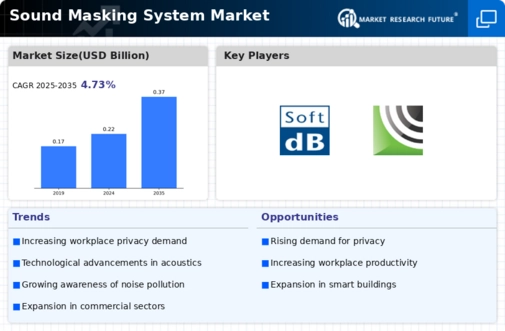
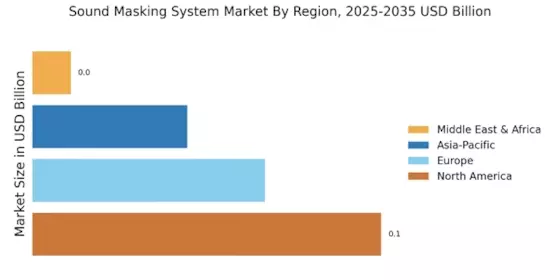

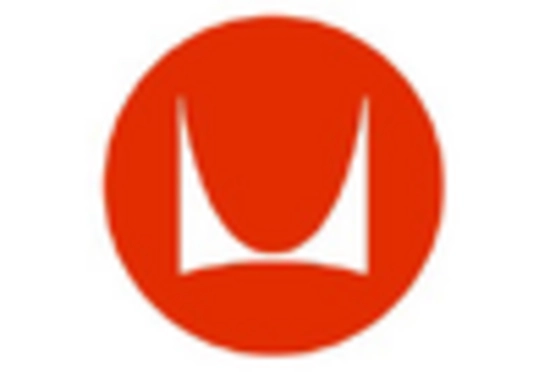
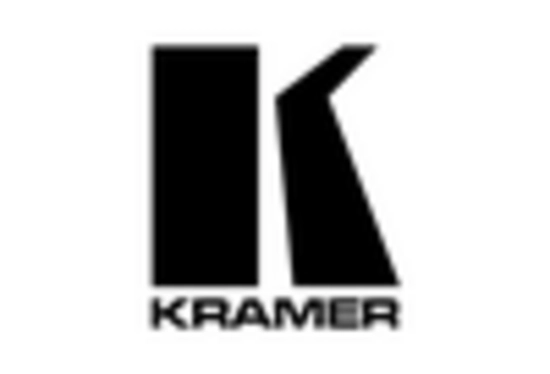
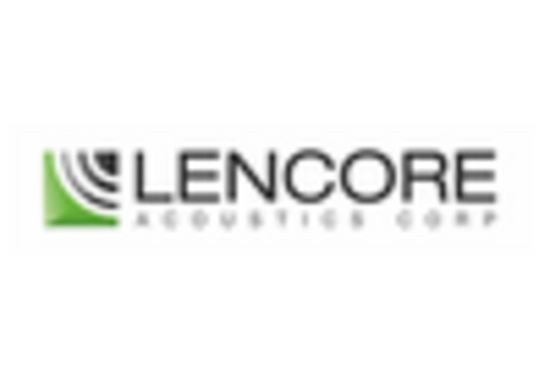










Leave a Comment